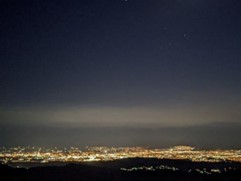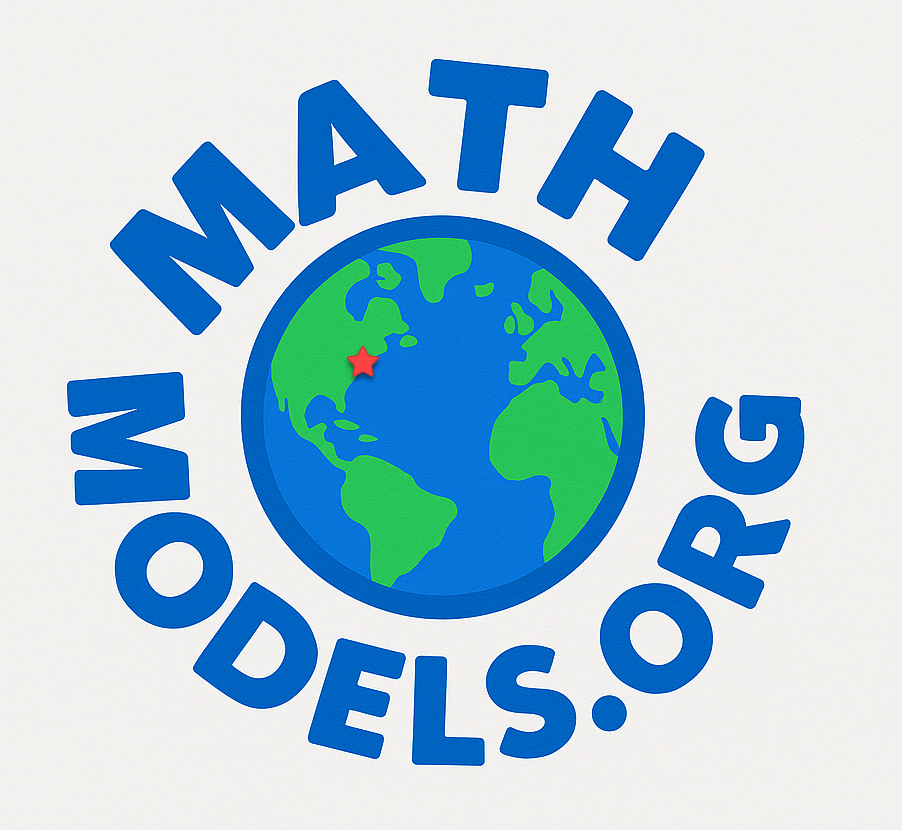Light Pollution
Author: COMAP

Background
Light pollution is used to describe any excessive or poor use of artificial light. Some of the phenomena that we refer to as light pollution include light trespass, over-illumination, and light clutter. These phenomena are most easily observed as a glow in the sky after the sun has set in large cities; however, they may also occur in more remote regions.
Light pollution alters our view of the night sky, has environmental impacts and affects our health and safety. For example, plant maturation may be delayed or accelerated, and migration patterns of wildlife affected. Excessive artificial light may confuse our circadian rhythms, leading to poor sleep quality and perhaps physical and mental health issues. Glare caused by artificial lights may contribute to some motor vehicle accidents.
Community officials or local groups may implement intervention strategies to mitigate the negative effects of light pollution. Artificial light, however, has both positive and negative effects that impact different locations in different ways. For example, to avoid the negative impacts of light pollution listed above, some communities opt for low-light neighborhoods which in turn might lead to increased crime. The impacts of light pollution may depend on factors such as the location’s level of development, population, biodiversity, geography, and climate. Therefore, assessing the extent of the effects and the potential impacts of any intervention strategies must be tailored to a specific location.
Problem Download

Mathematics Topics:
Application Areas:
You must have a Mathmodels Membership to download Student Papers and Commentary.
If you're already a member, login here.